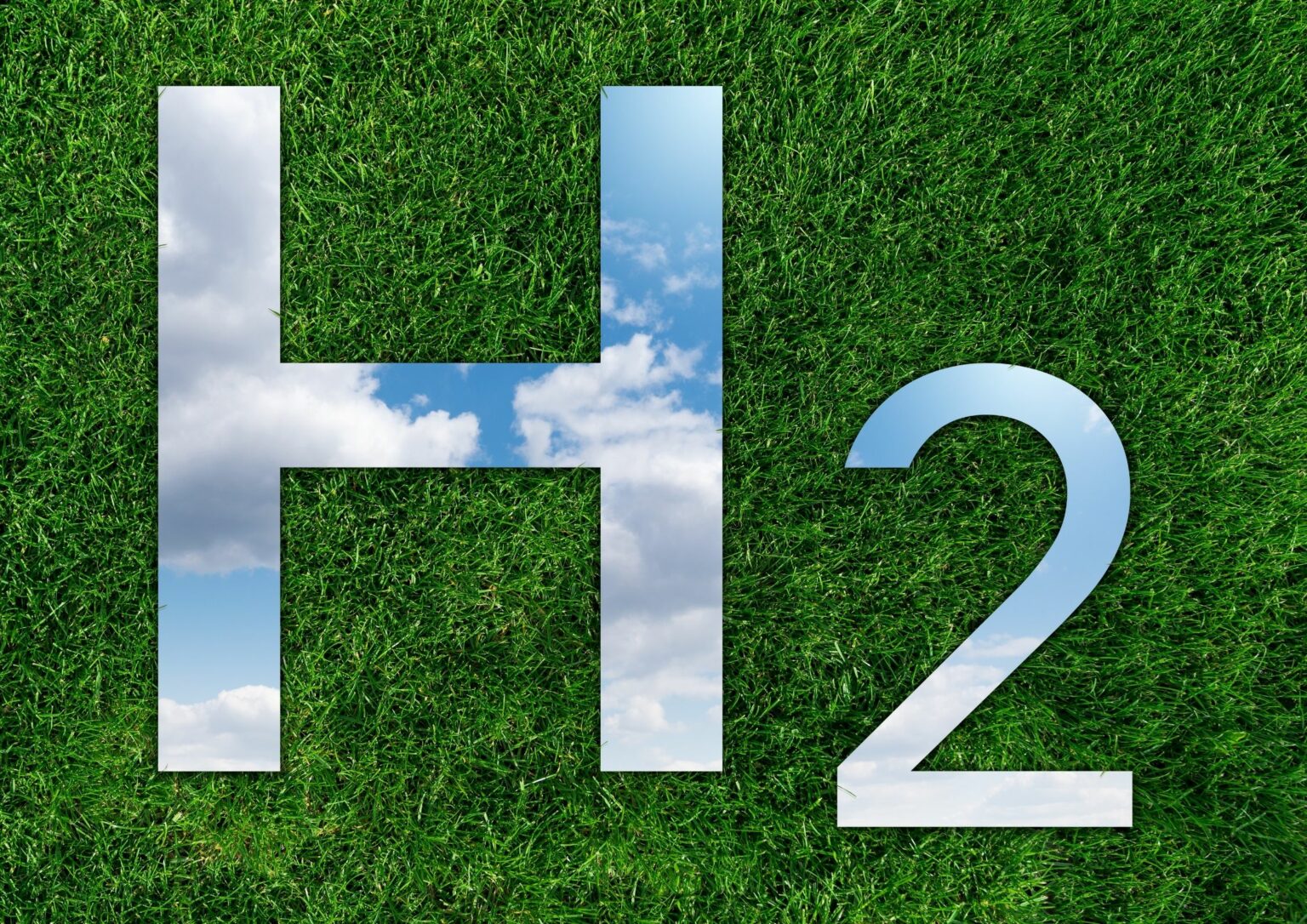Kazakhstan’s ambitious energy transition, outlined in collaboration with S&P Global, faces a complex landscape of uncertainties.
At the forefront of this shift is a 40 GW hydrogen vision, with the Hurasia One Project spearheading efforts to integrate renewable energy and electrolyzers. However, challenges, including a $4.7 million water deficit and logistical hurdles, pose significant roadblocks to this transformative journey.
Kazakhstan’s foray into hydrogen emerges as a linchpin in its energy transition strategy. The Hurasia One Project, positioned in the Mangystau Region, aims to establish 40 GW of renewable energy and 20 GW of electrolyzers, strategically located near the Caspian Sea. Central to its objectives is the desalination of seawater at a staggering rate of 255,000 cubic meters per day. Currently in the Front End Engineering Design (FEED) stage, the project explores hydrogen demand and transportation routes, representing a pivotal step in realizing Kazakhstan’s hydrogen-centric energy future.
The envisioned impact of Kazakhstan’s hydrogen vision is transformative, positioning the country as a key player in the global hydrogen landscape. The integration of renewable energy and electrolyzers not only addresses domestic energy demands but also positions Kazakhstan as a potential hydrogen exporter. The Hurasia One Project’s scale and vision underscore its potential to contribute significantly to the global hydrogen economy.
Kazakhstan’s commitment to hydrogen is mirrored in research and development initiatives. KazMunayGas has established an R&D Center of Competence for hydrogen energy, signaling a proactive approach to technological advancements. Initiatives like the hydrogen refueling station at the Atyrau Refinery and collaborations between Pavlodar Oil Chemistry Refinery and Air Liquide MunaiTechGaz exemplify Kazakhstan’s commitment to exploring diverse hydrogen applications, contributing to the broader hydrogen ecosystem.
